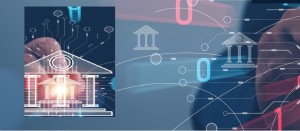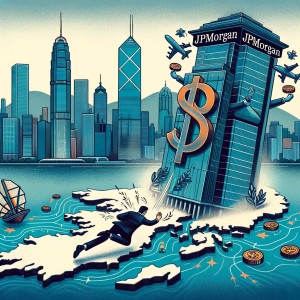As the dust settles on the global economic stage, a pressing question lingers in the air, charged with critical implications for markets and economies worldwide: are we about to witness a major pivot in interest rate trends?
For over a year, the throbbing pulse of increasing rates has kept investors and borrowers on a tightrope of anticipation. Yet, recent developments suggest a possible ceasefire in this relentless ascent, prompting a crucial analysis of future financial landscapes.
A Unified Pause on the Rate Hike March
Eurozone’s central bank leaders, after a prolonged period of rate hikes, have unanimously signaled a potential hiatus.
The environment was unexpectedly cordial in Athens, where even the staunchest proponents of strict monetary policy acquiesced to a pause, a gesture indicating a collective sentiment that perhaps the tide of inflation is receding enough to hold the line on interest rate spikes.
This collective breather in the marathon of rate increases is not a localized phenomenon.
The U.S. Federal Reserve, along with its counterparts in Canada, the United Kingdom, and beyond, has opted to maintain the status quo. It appears a consensus is building, albeit cautiously, that the worst of the inflationary storm has passed.
Investors, sensing a shift, have let a cautious optimism bloom in the bond markets, where yields tell the story of expectations for a cooler inflationary future. Despite this investor optimism, central bank officials maintain a reserved stance.
Leaders like Christine Lagarde, Jay Powell, and Andrew Bailey refrain from ruling out further rate hikes, a sober reminder of the unpredictability of economic currents and the lessons of recent history.
Prudence in the Face of Uncertainty
The hesitation among central bankers is rooted in a not-so-distant memory when inflation caught policymakers off guard.
The swift resurgence of consumer spending post-lockdown, amplified by ongoing supply chain woes and other economic stimuli, ignited an inflationary surge of a magnitude not seen in decades.
This historical context fuels the current cautionary approach. Central banks, having been criticized for their delayed response in the face of rising prices, are loath to declare an early victory against inflation.
In the U.S., aggressive rate increases have contributed to a significant cooling of inflation rates, yet economic vigor persists, evidenced by robust growth and spending figures.
But the labor market shows signs of cooling, hinting at a more complex economic puzzle to solve. As we traverse these economic crossroads, the markets anticipate central banks might reverse course next year, shifting from rate hikes to cuts.
While Fed Chair Powell remains non-committal, the interplay of market forces and government borrowing concerns suggests a less aggressive stance might be justified for the near future.
Navigating a Post-Inflation Landscape
In Europe, the debate is not about if, but when, rate cuts will commence. The Eurozone’s slight economic contraction and a dip in inflation fan the flames of speculation about a rate reduction by mid-next year.
The European Central Bank’s board members, while open to further rate adjustments, anticipate a challenging path ahead in fully taming inflation, especially with potential supply-side shocks looming on the horizon.
Across the Atlantic, the Bank of England faces a conundrum with a bleak economic forecast and stubborn inflation rates. Investors question the likelihood of further rate hikes in the face of economic fragility and a softening job market.
The specter of inflationary pressures, albeit receding, continues to cast a shadow over the central bank’s decisions. Central banks are keenly aware of the dangers of premature celebration.
The past few years have showcased the inherent challenges in economic forecasting and the humility required in monetary policymaking.
As geopolitical tensions persist and the risk of supply chain disruptions remains, central banks must navigate with an air of cautious pragmatism.
In this complex global dance, the potential for a significant shift in interest rate policy cannot be ignored.
The interplay of slowing economies, market expectations, and central bank strategies will determine if the current hiatus in rate hikes is merely a breath before the next plunge or the beginning of a more profound transformation in monetary policy.
For now, the world watches and waits, pondering whether we stand on the precipice of change or at the cusp of reaffirmation of the status quo.





